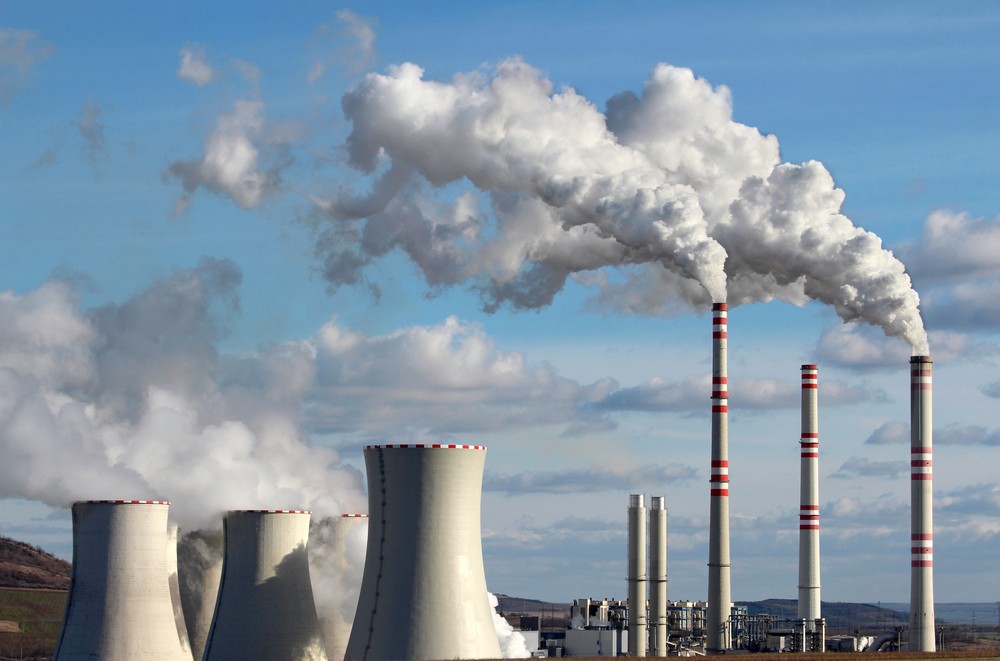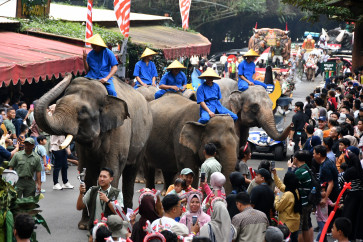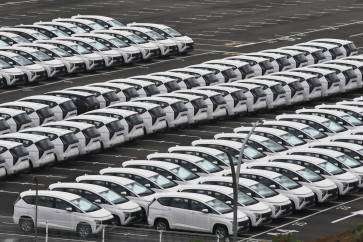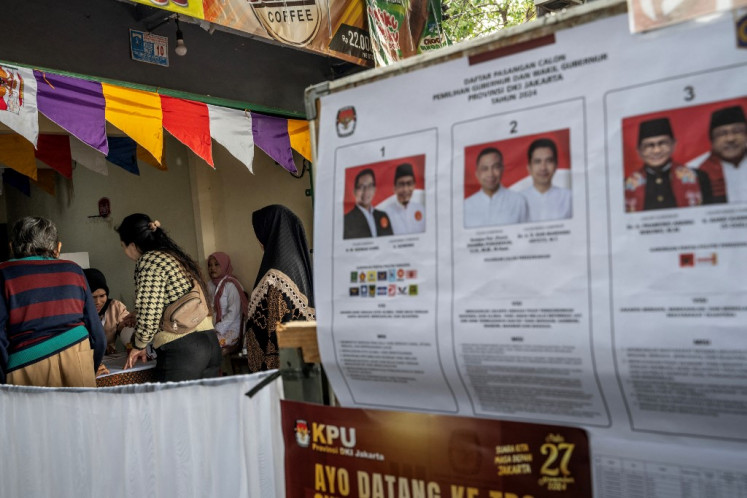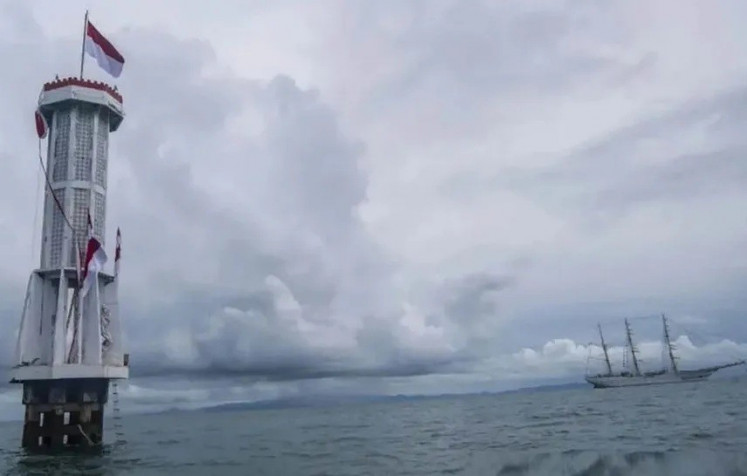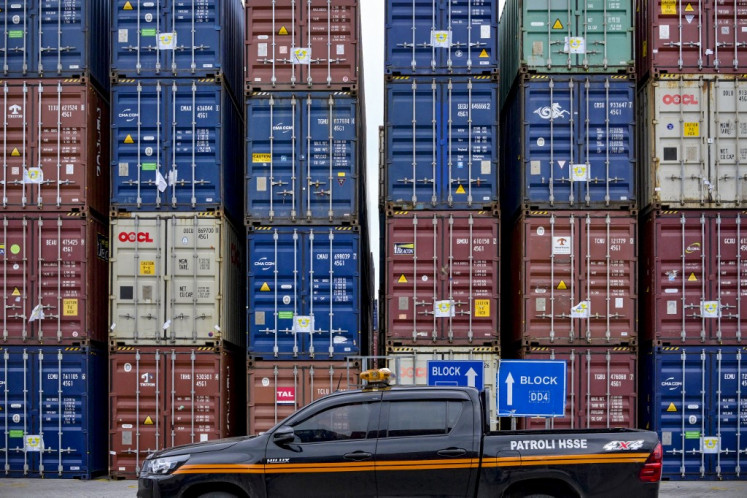Popular Reads
Top Results
Can't find what you're looking for?
View all search resultsPopular Reads
Top Results
Can't find what you're looking for?
View all search resultsNeighborhoods in Jambi live in dark smog to bring light to Sumatra
Three power plants — one fired by diesel, one by gas and a third by biomass — have long surrounded four neighborhood units in the eastern part of the province’s capital city and contributed electricity to the third largest island in Indonesia.
Change text size
Gift Premium Articles
to Anyone
R
esidents in four neighborhood units in the Payo Selincah subdistrict in Jambi City, Jambi, have lived for almost a decade with the hazardous impacts of three nearby power plants that have helped electrify Sumatra.
Three power plants — one fired by diesel (PLTD), one by gas (PLTG) and a third by biomass (PLTU) — have surrounded neighborhood units (RT) 23, 24, 25, 26 in the eastern part of the province’s capital city and contributed electricity to the third largest island in the country.
A resident of RT 25, Usmiyati, said they have complained about the plants’ operations to the city’s mayor and Jambi’s governor for years. “But until now, we have yet to get feedback from the authorities,” she told The Jakarta Post on Tuesday.
Usmiyati said that none of the power plants were built with the locals in mind. She claimed that they had inhabited the area since the 1960s, while the PLTD only came in 1980, followed by the PLTG in 2010 and the PLTU in 2012. The PLTU burns shells of palm fruits, waste from palm oil production, to produce electricity.
The negative impacts of the plants’ operations have been experienced by the residents since 2013. Trucks weighing more than 10 tons that carry palm fruit shells for the PLTU have gone back and forth on roads near the residential areas since then — damaging the roads and causing dust to fly into the air.
Residents also complained that the dark smog emitted from the power plant chimneys has caused respiratory problems.
“The trucks make loud noise. To make it worse, dust fills the air,” Usmiyati said.
She said the private company that operates the PLTU has promised to limit the trucks’ operational hours, but the promise has not been kept.
The PLTG, which uses machines that cause strong constant tremors in the area, has damaged nearby residents’ houses. At least 20 houses close to the PLTG have suffered light damage, like cracks in walls. Another 20 houses had to be relocated because of damage.
Another resident, Udin, urged the operators of the three power plants to buy their lands because they were no longer comfortable living in the area surrounded by such "destructive" plants.
The residents had asked them to pay Rp 40 million (US$2,753) for every 100 square meter of land, but the operators offered a lower price of Rp 25 million per 100 sqm.
“It’s such an outrageous offer,” Udin said.
Ahmadi, the supervisor of the Jambi branch of the state-owned electricity company PLN, which receives and manages the power from the plants, said PLN had disbursed some money to compensate for any damage caused to local houses.
“We have paid out some Rp 150 million for repairing houses,” he said, adding that nine houses in RT 24 were repaired in August last year.
In relation to the health impacts, Ahmadi claimed the company had made maximum efforts to operate the plants in accordance with the quality standards of the Environment and Forestry Ministry.
The ministry, he said, has issued a "Proper Biru" certificate for the Jambi operations, which means they comply with environmental standards.
The Jambi Environmental Agency has inspected the air quality around the power plants and found that it is still healthy for people.
University of Indonesia environmental expert Gabriel Andari Kristanto said separately on Wednesday that the plants, particularly the PLTD, produced hazardous air pollutants like nitrogen dioxide (NO2), nitrogen oxide (N2O), sulfur dioxide (SO2) and small particles that could lead to respiratory problems.
“The release of such chemical compounds into the air, which is a result of the power plants’ operations, does affect human respiratory systems and causes coughing,” Andari said, adding that SO2 combined with water vapor could also cause irritation to the skin.
The expert urged the power plant operators to properly use adequate air pollution controls to prevent a worsening smog that would harm residents.

